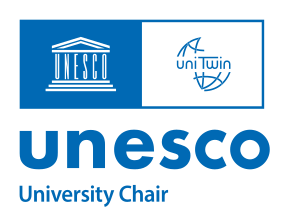Introduction to Seismic Analysis with OpenSees
23 May 2022–30 May 2022, 1:00 pm–4:00 pm

This remote short course will teach you how to use OpenSees and how to conduct non-linear seismic response analyses. The course will be an interactive and practical introduction to OpenSees modelling and analysis.
Event Information
Open to
- All
Availability
- Sold out
Organiser
-
Jonas Cels
This remote short course will teach you how to use OpenSees and how to conduct non-linear seismic response analyses. The course will be an interactive and practical introduction to OpenSees modelling and analysis
You will learn how to model a simplified steel structure in 2D and conduct Eigenvalue, seismic pushover, and seismic time-history analyses.
The course is aimed at engineers/ professionals and Master’s level students with a structural engineering background who want to learn how to use OpenSees, one of the most potent tools for non-linear structural response analyses.
Structure and Teaching
The course will span over three, three-hour interactive sessions where you will be encouraged to ‘code along’ with the instructors as they take you through a set of practical examples.
You will be introduced to the fundamentals of the tcl coding language used in OpenSees
The training material includes step-by-step guides together with practice examples and solutions.
The course will be taught virtually by four PhD research students at UCL who together have over 15 years’ worth of OpenSees experience.
Session 1 – 23 May 2022
Building your first OpenSees model
- Getting started with OpenSees and the script editor
- Getting to know the tcl language
- Modelling a 2D elastic portal frame
- Applying vertical loads
- Conducting gravity analysis
Session 2 – 26 May 2022
Modelling an inelastic steel portal frame
- Modelling inelastic materials
- Fibre sections
- Plastic hinges
- Modelling steel sections
- Understanding geometric transformations
- Visualising your results
Session 3 – 30 May 2022
Seismic pushover and time history analysis
- Introduction to seismic pushover analysis
- Conducting Eigenvalue analysis
- Applying lateral loads
- Conducting a seismic pushover
- Conducting seismic time-history analysis
- Post-processing your results
Pricing
- UNESCO-Chair affiliates: Free
- UCL Student: Free
- Student: £50
- Other / Professional: £120
About the Speakers
Jonas Cels
PhD Candidate at University College London

Fernando Gutierrez Urzua
PhD Candidate at University College London

Maria Kontoe
PhD Candidate at University College London

Sahin Dede
PhD Candidate at University College London

 Close
Close



